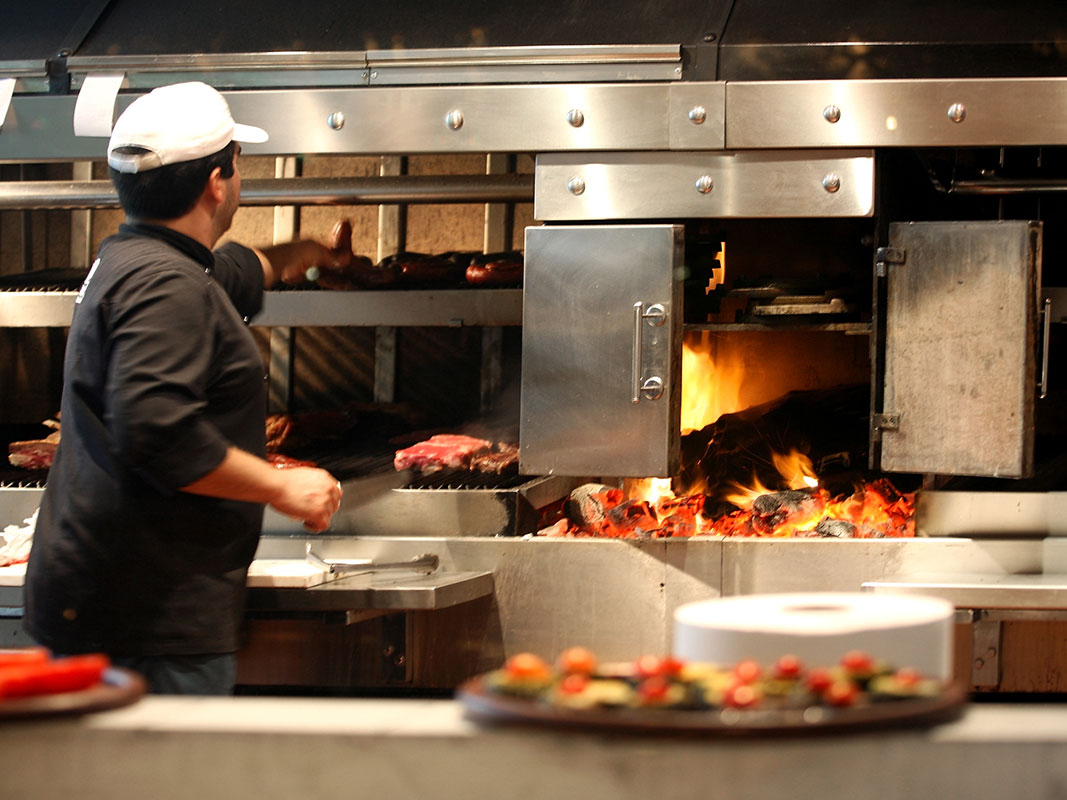High Temperature Flavour Development
Browning creates a tremendous amount of flavour and is a key step when cooking meat. This happens through a process called the Maillard reaction, named after the French chemist who first described it in the early 1900s. The Maillard reaction occurs when the amino acids and sugars in food are subjected to heat, causing them to combine and in turn, hundreds of different flavour compounds are created. These compounds break down to form more new flavour compounds, and so on, and so on. When browning meat, you’d want a deep brown sear and a discernibly thick crust on all sides—best obtained by quick cooking over high heat.
First, to ensure that meat browns properly, first make sure the meat is dry before it is placed onto the pan; pat it thoroughly with paper towels. This is especially important with frozen meat, which often releases a great deal of water. Second, make sure the pan is hot. Preheat until the fat added to the pan is almost smoking. Finally, make sure not to overcrowd the pan; there should be at least 1/4 inch of space between the pieces of meat. If there isn’t, the meat is likely to steam instead of brown. If need be, cook the meat in two or three batches.
Low Temperature Moisture Preservation
For large cuts of meat or poultry, the low-and-slow cooking method should be preferred. We find that this approach allows the centre to come up to the desired internal temperature with a low risk of overcooking the outer layers.
Even cooking isn’t the only benefit of slow roasting: It also helps minimise the loss of flavourful juices (and fat). High-temperature cooking results in increased loss of moisture and drier texture when compared to slow cooking on a medium heat which results in a moist texture as it cooks in the juices of the meat being prepared. The reason is that proteins shrink less and express less moisture and fat when cooked at moderate temperatures than when cooked at high temperatures. Cooking at the wrong temperature is a common mistake.
Carryover Cooking
Since the temperature of meat will continue to rise as it rests, an effect called carryover cooking could be adopted. In which, the meat should be removed from the oven, grill, or pan when it’s 5 to 10 degrees below the desired serving temperature. Carryover cooking doesn’t apply to poultry and fish (they don’t retain heat as well as the dense muscle structure in red meat).
Be it flavour or moisture, whatever your desire, you now know how to achieve both. Why not get some tender meat and try your hand at a bit of both?

